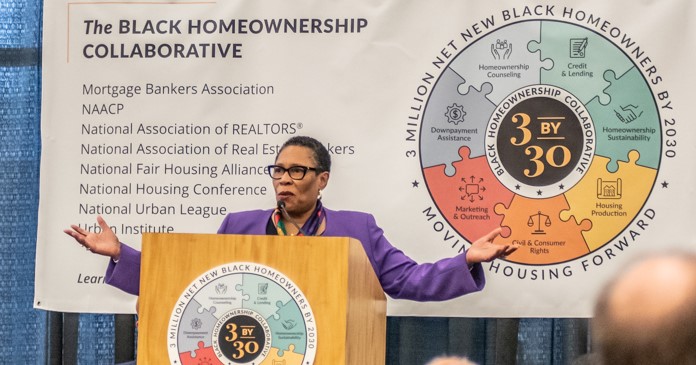On Friday June 25, the Department of Housing and Urban Development (HUD) announced that they have published a notice of proposed rulemaking (NPRM) on disparate impact entitled “Restoring HUD’s Discriminatory Effects Standard”.
The objective of the NPRM is to reinstate the Obama-era rule, established in 2013, which evaluated the legality of housing policies not on their overt effects but rather on their impacts on groups protected under the Fair Housing Act. The Obama-era rule had been replaced by the Trump Administration in 2020, but implementation of the 2020 rule had been blocked in Federal court.
In the NPRM announcement, HUD said, “Under the 2013 rule, the discriminatory effects framework was straightforward: a policy that had a discriminatory effect on a protected class was unlawful if it did not serve a substantial, legitimate, nondiscriminatory interest or if a less discriminatory alternative could also serve that interest. The 2020 rule complicated that analysis by adding new pleading requirements, new proof requirements, and new defenses, all of which made it harder to establish that a policy violates the Fair Housing Act. HUD now proposes to return to the 2013 rule’s straightforward analysis.”
Policies which are problematic according to HUD include “zoning requirements, lending and property insurance policies, and criminal records policies.”
In the Federal Register filing proposing the return to the 2013 rule, HUD wrote, “the 2013 Rule codified a three-part burden-shifting framework consistent with frameworks on which HUD and courts had long relied: (1) The plaintiff or charging party is first required to prove as part of the prima facie showing that a challenged practice caused or predictably will cause a discriminatory effect; (2) if the plaintiff or charging party makes this prima facie showing, the defendant or respondent must then prove that the challenged practice is necessary to achieve one or more substantial, legitimate, nondiscriminatory interests of the defendant or respondent; and (3) if the defendant or respondent meets its burden at step two, the plaintiff or charging party may still prevail by proving that the substantial, legitimate, nondiscriminatory interests supporting the challenged practice could be served by another practice that has a less discriminatory effect.”
Both the Trump Administration in proposing their changes to the 2013 disparate impact rule and the Biden Administration in proposing a return to the 2013 rule state that they are doing so to better reflect the Supreme Court’s 2015 ruling in Texas Department of Housing v. Inclusive Communities Project, Inc. In that case, Inclusive Communities Project sued the state of Texas for building the overwhelming majority of its tax-credit housing in Dallas in majority-minority neighborhoods. The 5-4 ruling established that disparate impact claims are cognizable under the Fair Housing Act. However, the court declined to define the standards for how proof of such discrimination must be established, leading to this on-going tussle.
In announcing her intent to return to the 2013 disparate impact rule, HUD Secretary Marcia Fudge said, “We must acknowledge that discrimination in housing continues today and that individuals, including people of color and those with disabilities, continue to be denied equal access to rental housing and homeownership. It is a new day at HUD-and our department is working to lift barriers to housing and promote diverse, inclusive communities across the country. Today’s publication of the proposed discriminatory effects rule is the latest step HUD is taking to fulfill its duty to ensure more fair and equitable housing.”
The decision to reinstate the 2013 disparate impact rule follows on the heals of the decision to return to the Obama Administration’s Affirmatively Furthering Fair Housing rule.
The public has 60 days to comment on the NPRM. Comments can be submitted electronically at www.regulations.gov.












